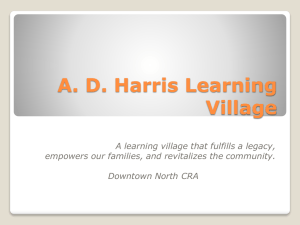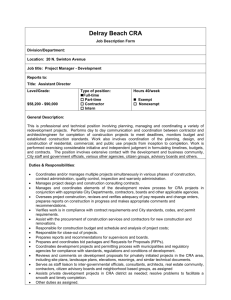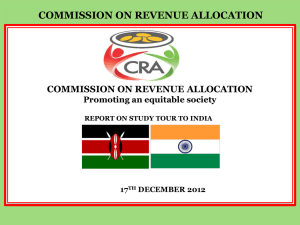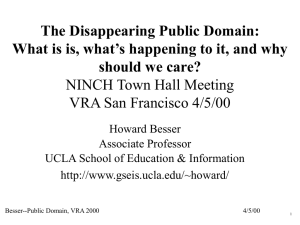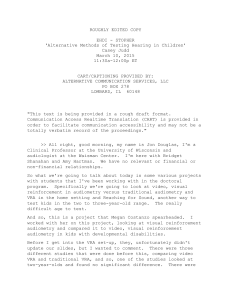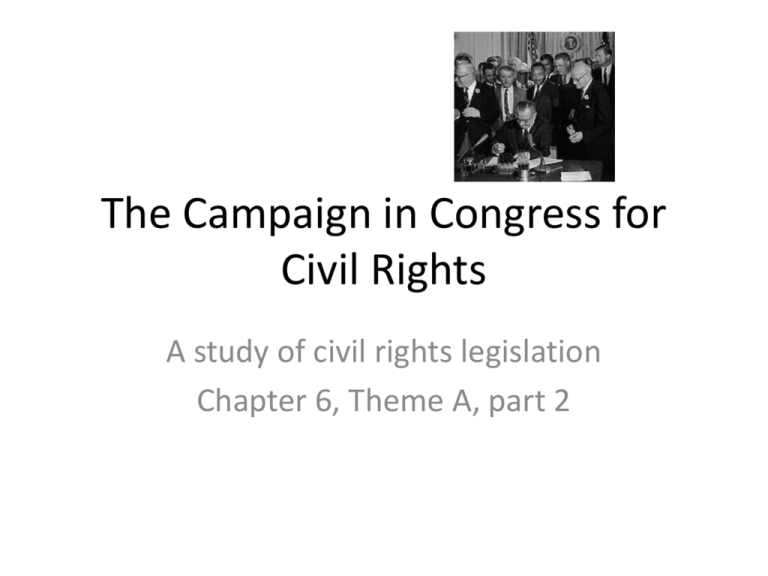
The Campaign in Congress for
Civil Rights
A study of civil rights legislation
Chapter 6, Theme A, part 2
“Front Burner” Issue
How do you get people with political clout to demand
change for a minority? (Public Agenda) How do
you change public opinion?
a. Use civil disobedience to initiate dramatic
confrontations (Rosa Parks &the Montgomery bus
boycott) http://www.youtube.com/watch?v=v8A9gvb5Fh0
b. Use media campaigns (Invite coverage of abuse) to play
on sympathies of whites. (Greensboro Sit-in)
a.
b.
https://www.youtube.com/watch?v=KREQGwC_cFY
http://www.youtube.com/watch?v=Xbbcjn4d1cE
c. Enfranchise black voters.
d. Discourage riots as frustration grew over the slow
progress.
The Campaign in Congress
• Powerful Southern Democrats blocked nearly
all legislation in committees or filibustered in
Senate. The House Rules & Senate Judiciary
Committees were the graveyards of
legislation.
• In 1957, Strom Thurmond filibustered for over
24 hrs to block civil rights legislation.
• In 1964, a filibuster was ended by cloture
leading to passage of the Civil Rights Act.
• So, what led to this change?
The Campaign in Congress
• How did the assassination of JFK help the civil
rights movement?
• How did the 1964 elections bring change?
• The Civil Rights Act of 1964 & the Voting Rights
Act of 1965 were landmark laws. Why were
these so significant?
• Discuss each with activity:
–
–
–
–
–
Group 1: CRA, Title I
Group 2: CRA, Title II
Group 3: CRA, Title III
Group 7: VRA, Secs. 2-3
Group 9: VRA, Sec. 10
-Group 4: CRA, Title IV
-Group 5: CRA, Title V
-Group 6: CRA, Title VII
-Group 8: VRA, Sec. 4
-Group 10: VRA, Sec. 11
Legislation Study
• For your assigned section or title, answer the
following:
– What area or practice of discrimination does the
section or title address?
– How does it address this area or practice?
– To whom does it give power?
– From whom does it take power?
The Civil Rights Act vs. Voting Rights Act
Similarities
• Both have provisions •
protecting voting rights
• Both give power to the
•
Attorney General to
enforce provisions
• Both define
discrimination on the
basis of the 14th
•
Amendment’s equal
protection clause
Differences
CRA has more diverse focus;
VRA focuses on
enfranchisement rights
CRA gives power to the EEOC
to investigate abuse; VRA
gives power to the CRC to
appoint registrars and
monitors
CRA challenged by commerce
clause; VRA challenged
around 10th Amendment
What REALLY led to Change & societal
integration?
•
•
•
•
•
•
Futile resistance
Disruption of economy & government
Enfranchisement of blacks
Unsuccessful legal challenges
Withholding federal funds
Public opinion changed
Is the battle over for civil rights?
How have police tactics fueled debates over race?
Figure 6.2: Growing Support Among
Southern Democrats in Congress for
Civil Rights Bills
Copyright © Houghton Mifflin
Company. All rights reserved.
Congressional Quarterly, Congress and the Nation, vols. 1, 2, 3, 7, 8.
6|8
Table 6.1: Increase in Number of
Black Elected Officials
Copyright © Houghton Mifflin
Company. All rights reserved.
6|9
New Challenges to Old Laws
•
•
•
•
Shelby County v. Holder
NC Wins Appeal to Keep Election Laws
SCOTUS Blocks WI Voter ID Law
SCOTUS Won't Interrupt TX Voter ID Law

